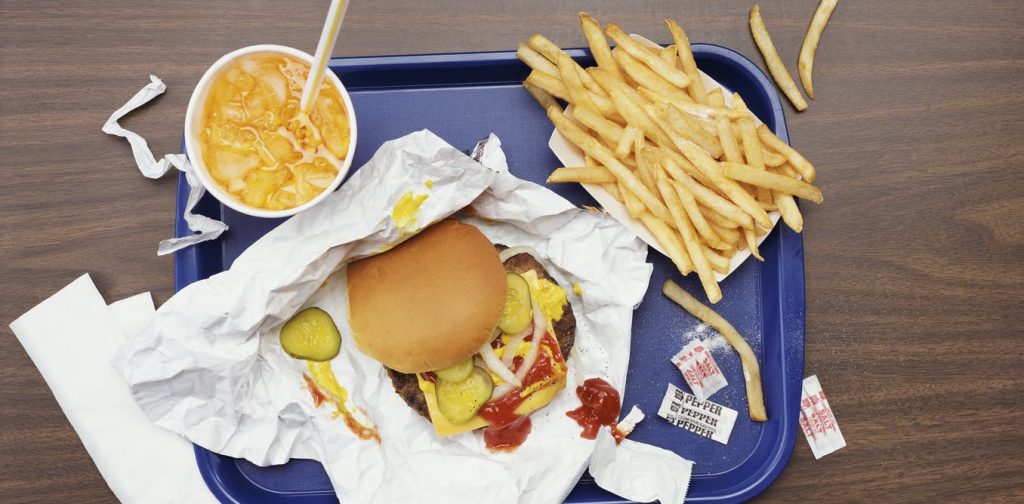Fast food is comforting, but in low-income areas it crowds out fresher options
Many Americans take comfort in the routine of jumping into the car and grabbing a burger. They choose restaurants with familiar faces behind the counter. They even yearn for a favorite “greasy spoon” diner while having to cook for themselves at home during COVID-19.

People feel emotionally attached to food and the routines associated with it. These rituals provide a sense of comfort and belonging – even if the meal is from a fast-food restaurant and they stood in line for it.
I study food security in California’s Central Valley, which is, ironically, one of the most productive agricultural areas in the world. Food security means maintaining reliable, consistent access to food. It requires time and resources that are often scarce in food-insecure households.
Many people in the food-rich Central Valley experience a high degree of food insecurity. They rely more heavily on fast and prepared foods for sustenance and comfort than the general population.
The powerful relationship between people’s attachment to fast-food restaurants and their inability to get fresh food creates a downward spiral. Corporate fast-food chains undermine food security by weakening local control over food production. In turn, diminished local control over food production perpetuates food insecurity. Now, when COVID-19 has changed routines so much, I see an opportunity to break the cycle.
Fast-food restaurants as ‘third places’
People develop strong emotional bonds to places that they return to again and again. My research shows that these bonds can extend to gardening, agriculture and food preparation, like cooking or hunting.

People also form bonds with restaurants they frequent. Restaurants can function as “third places,” a term coined by sociologist Ray Oldenburg that describes safe spaces for conversation and community. Community gardens and cultural centers are often third places. Oldenburg built this idea off of “first places” and “second places” to describe where people find comfort or familiarity outside home or work.
Fast-food restaurants can also serve as third places. Older adults frequently socialize and relax there. Ambiance in restaurants has expanded beyond fast and convenient to homey and welcoming, providing amenities like complementary WiFi for those who wish to linger. The Starbucks barista who knows your name keeps many people coming back for single-shot espressos or group meetups.
Fast food is a staple for the food-insecure
Food-insecure families report facing challenges purchasing fresh fruits and vegetables, including high costs relative to their household budgets. Lack of time and resources for meal preparation also contribute to food insecurity, along with racial segregation and poverty.
For all of these reasons, many low-income and food-insecure households rely on fast-food restaurants. Fast food offers perceived value to consumers who can get a lot of food for the price, though it may be more expensive than fresh food.

Worldwide, single-parent households are more likely to experience food insecurity. Single parents are also likely to work multiple jobs and have time constraints on home meal preparation. Students, the disabled and the elderly often lack physical space and storage space for home meal preparation, and resort to fast food and pre-prepared meals.



